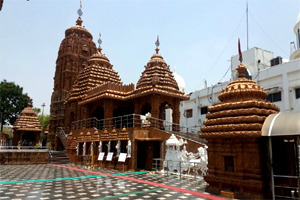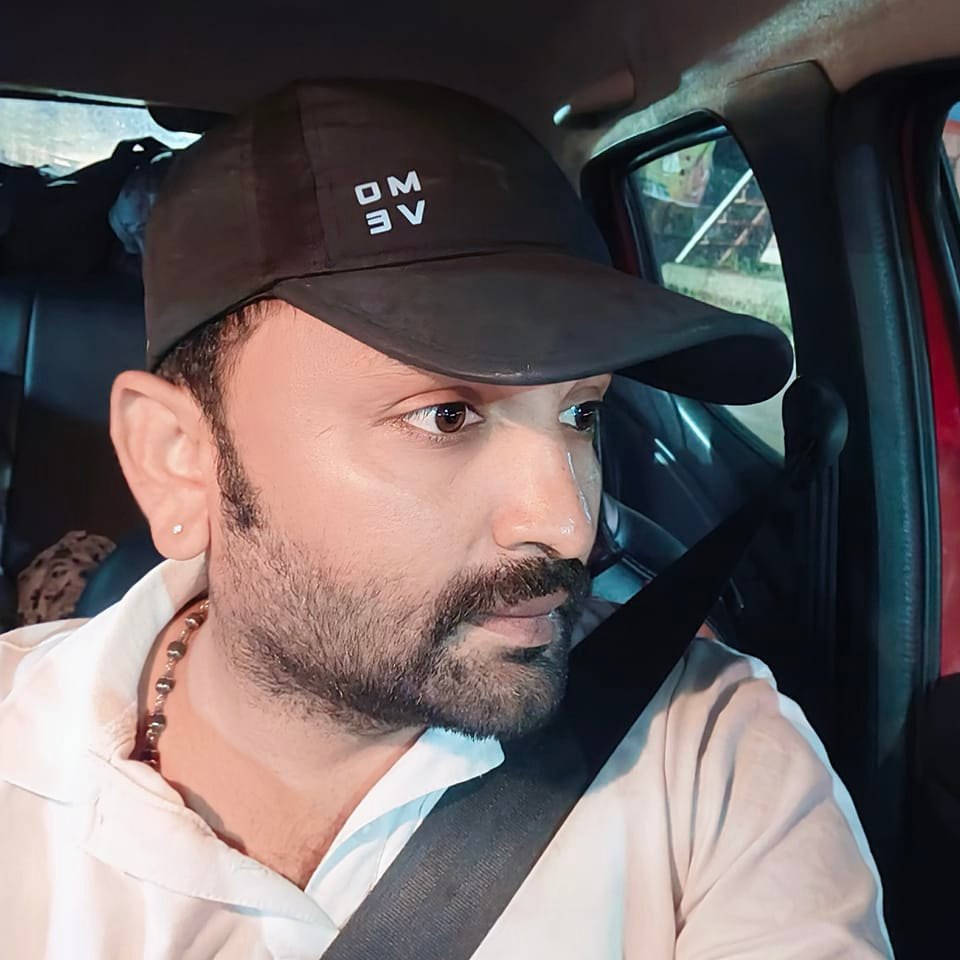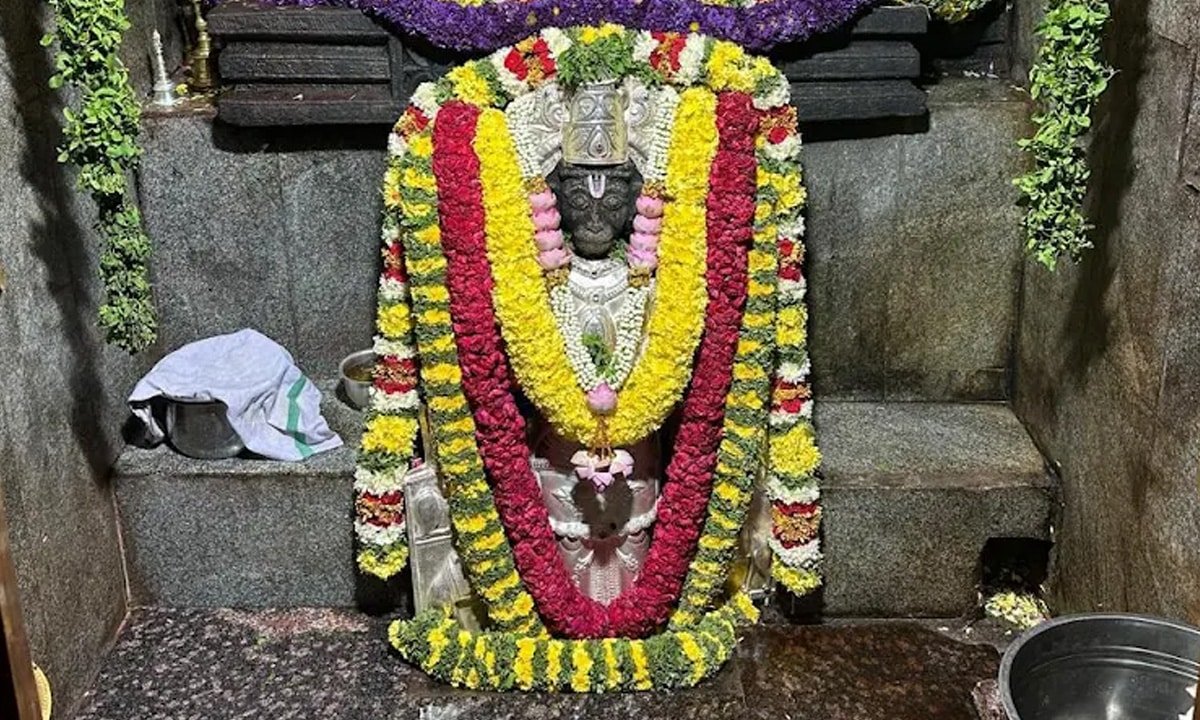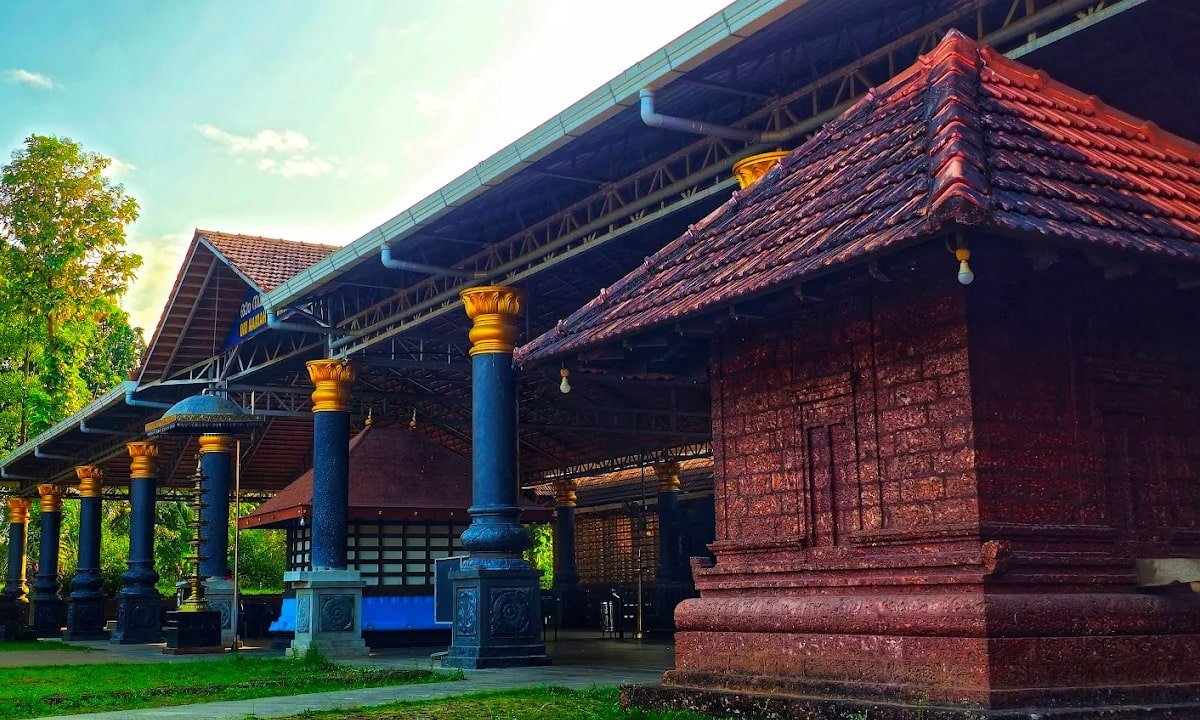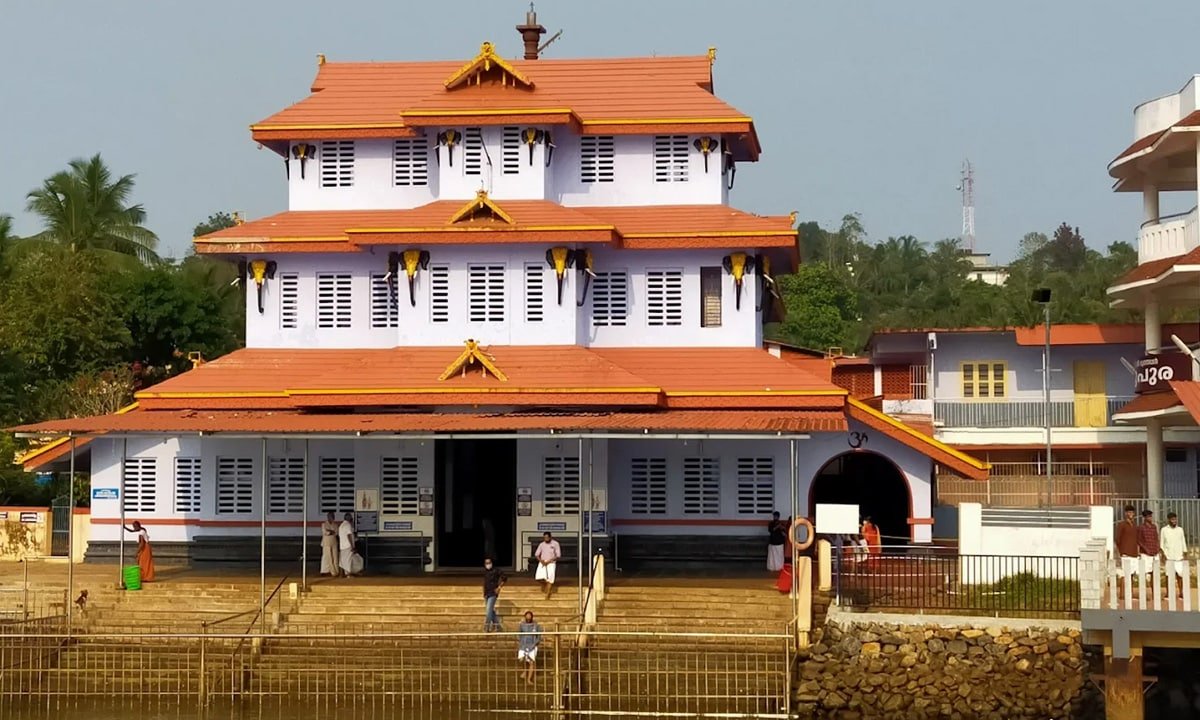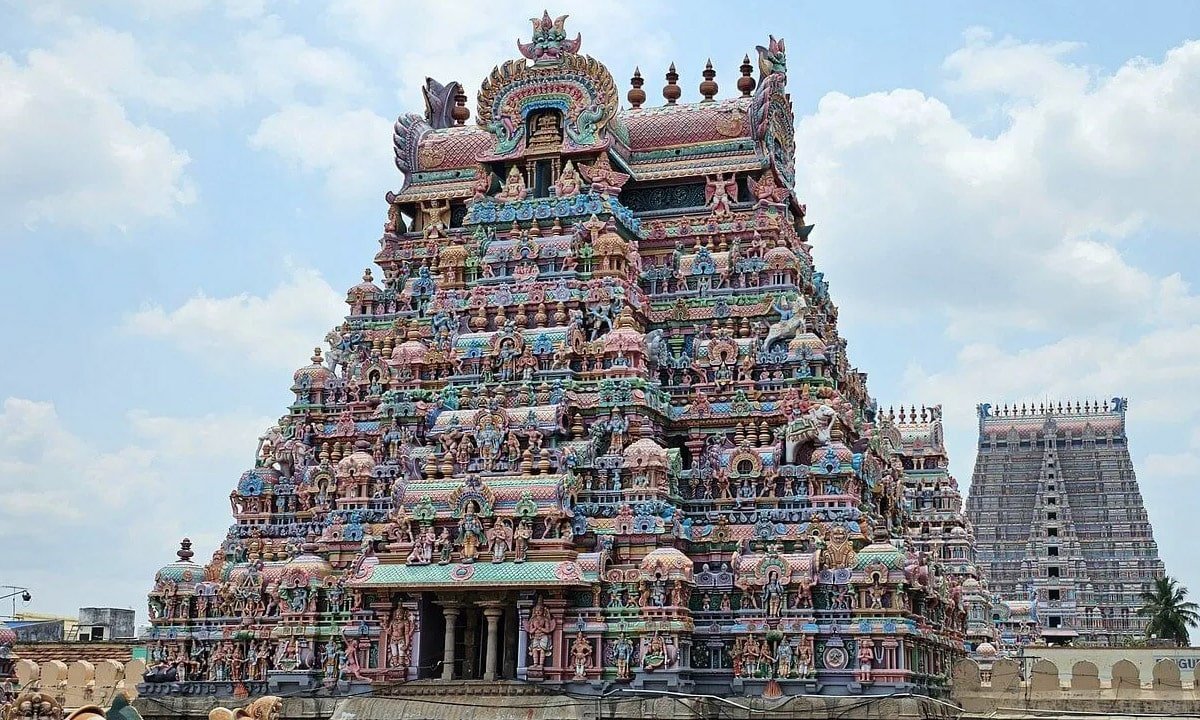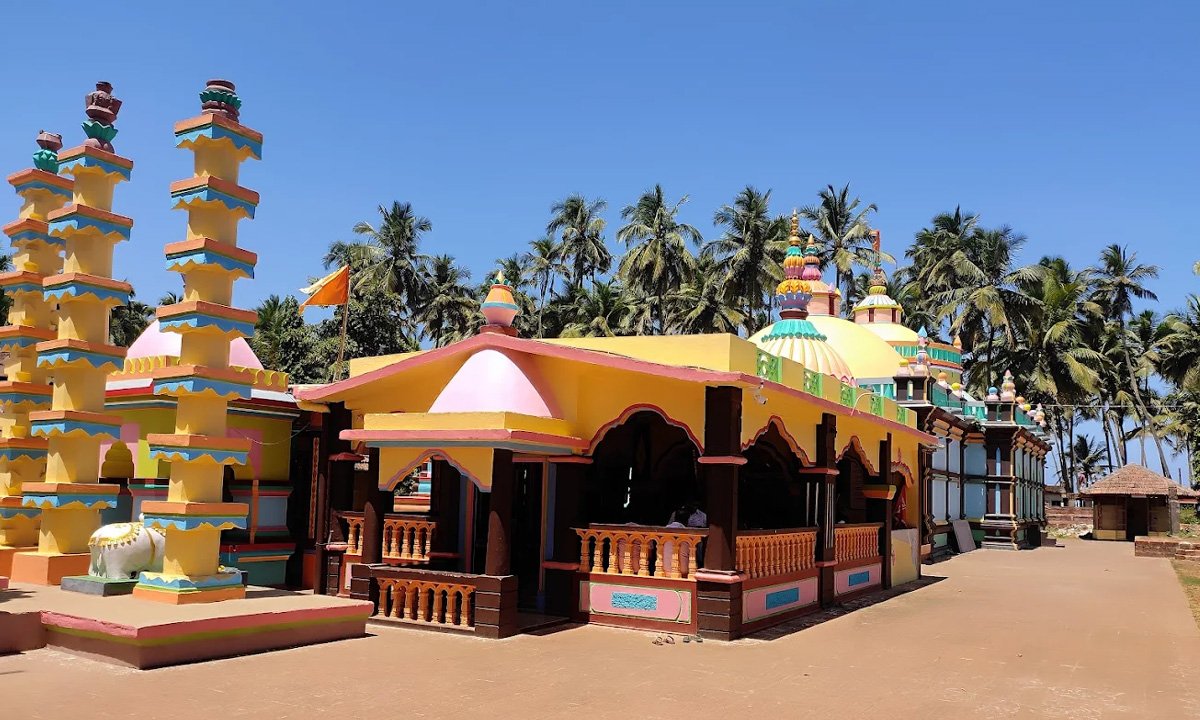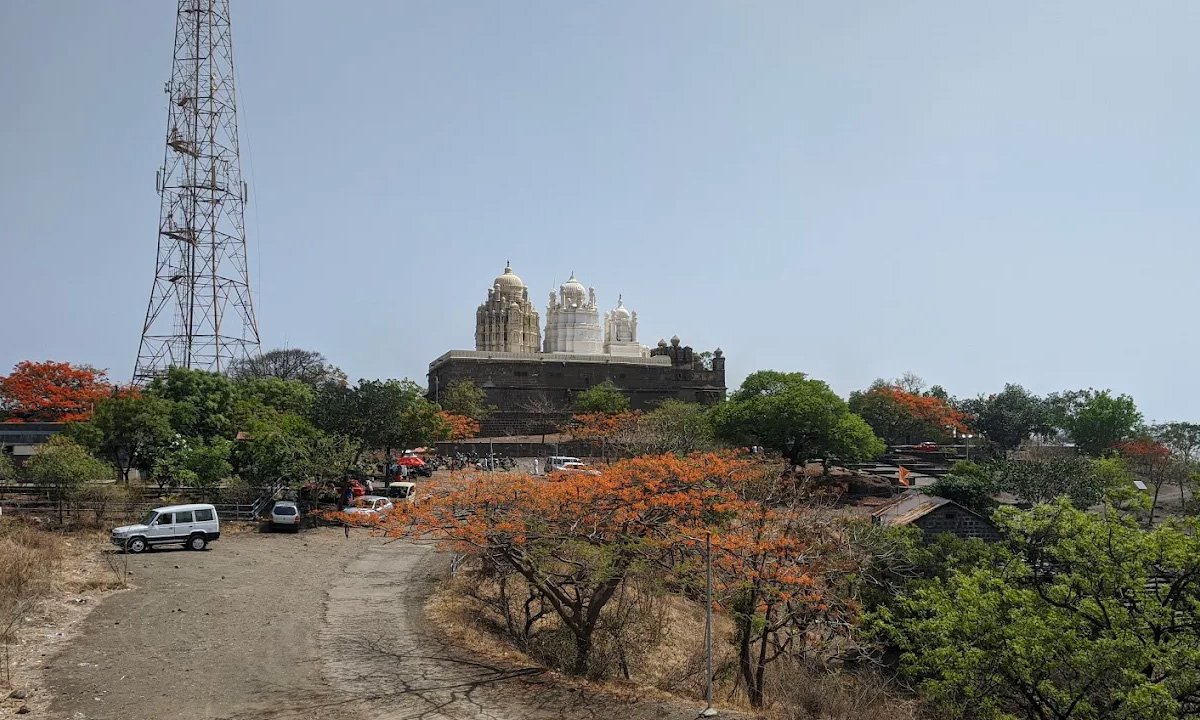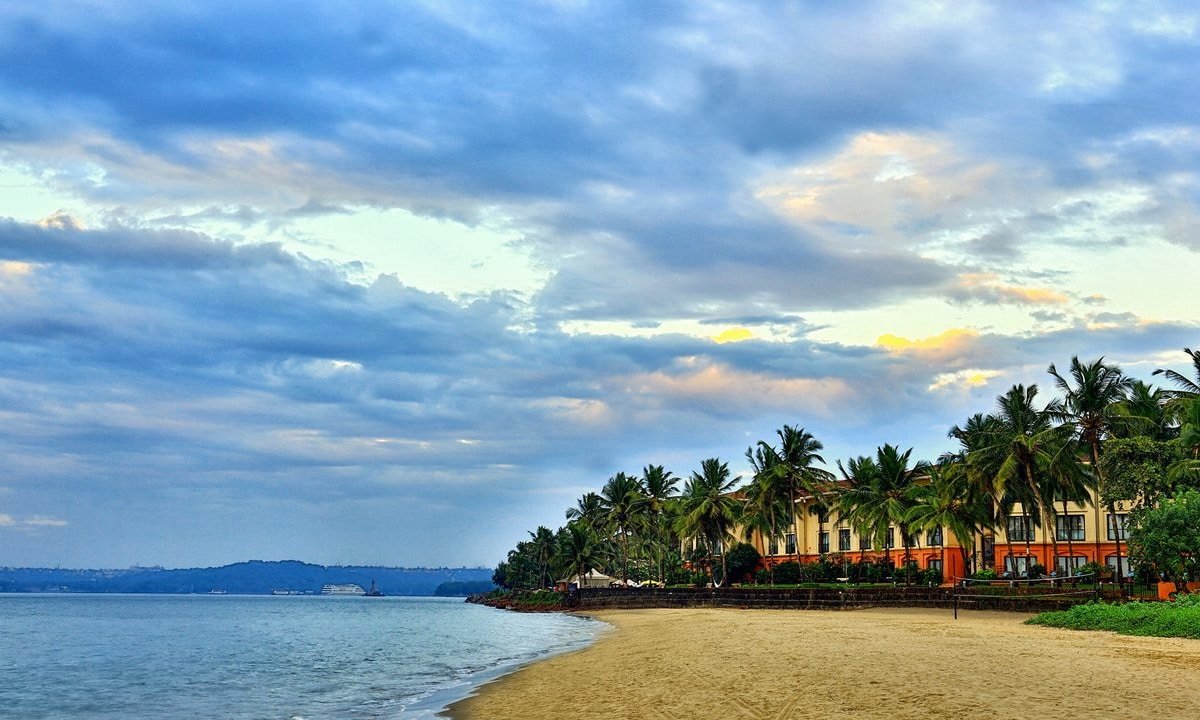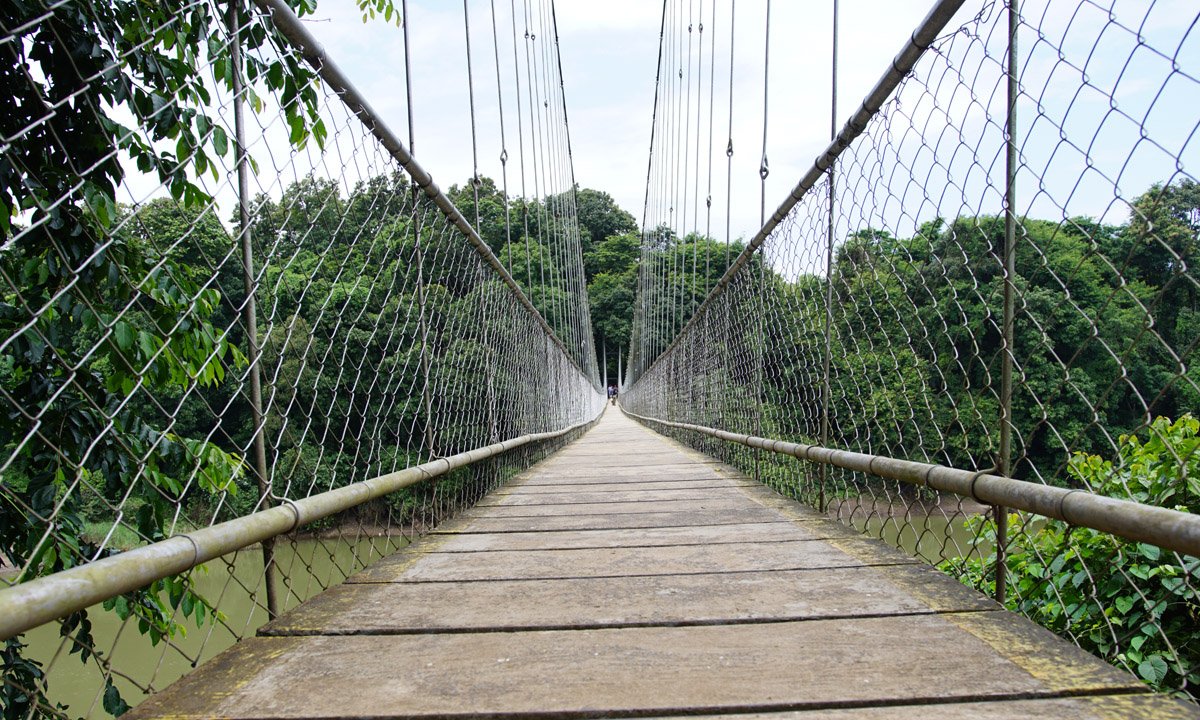Jagannath Temple Hyderabad is Hyderabad’s replica of the original Puri Jagannath Temple in Orissa. This Temple was built in the same style as the Puri temple. However, the size of both temples differs. The temple morning timings are 06:00 am to 11:00 am, and the evening timings are 05:00 pm to 09:00 pm.
Dedicated to Lord Krishna, an incarnation of God Vishnu, the main Temple houses statues of God Jagannath and his brothers—Balabhadra (Balarama) and Subhadra. Five small temples are also present, each dedicated to one God. On one side, there is the shrine of Navgraha. A dedicated priest is assigned to each of the deities.
History of Puri Jagannath Temple Hyderabad:
Contents
- 1 History of Puri Jagannath Temple Hyderabad:
- 1.0.1 Jagannath Temple Hyderabad Architecture:
- 1.0.2 Jagannath Temple Hyderabad Timings:
- 1.0.3 Best Time to Visit Jagannath Temple Hyderabad:
- 1.0.4 Deities at Jagannath Temple Hyderabad:
- 1.0.5 Jagannath Temple Hyderabad Entry Fee:
- 1.0.6 Festivals Celebrated at Jagannath Temple Hyderabad:
- 1.0.7 The Light and Sound Show at Jagannath Temple Hyderabad:
- 1.0.8 Daily Rituals in the Jagannath Temple Hyderabad:
- 1.0.9 Cultural Programmes at the Temple:
- 1.0.10 Prasadams at Jagannath Temple Hyderabad:
- 1.0.11 Dress Code:
- 1.0.12 Tourist places near Jagannath Temple Hyderabad:
- 1.0.13 Hotels nearby Jagannath Temple Hyderabad:
- 1.0.14 Address & Contact Numbers:
- 1.0.15 How to reach Jagannath Temple Hyderabad:
- 1.0.16 FAQs:
- 1.1 What is the entry fee for Jagannath Temple?
- 1.2 Is food free in Jagannath temple?
- 1.3 What is not allowed in Jagannath Temple?
- 1.4 What is the Favourite food of Jagannath?
- 1.5 Are mobile phones allowed in Jagannath Temple?
- 1.6 How much time is required to see Jagannath Temple?
- 1.7 What sweets for Lord Jagannath?

Raja Indradyumna is a King of the Solar dynasty in Satyayuga, ruling the cities of Avanti and Malaya. A great devotee of Lord Vishnu came to know of Nilamadhav and wanted to consecrate the great deity of Lord Vishnu. He deputed Brahmi Priest Vidyapati, who married the daughter of Sabar Chief Stain and marked the route to the cave where Nilamadhav had worshipped.
The King went to Nilagiri and performed the Yagnam. Lord Nilamadhav appeared in a dream to King Indradyumna and informed the Lord would appear in the form of Daru (Log of sacred wood) in the sea.
“I will manifest in the form of a very large, fragrant, reddish log, and the signs of Shanka, Chakra, Gada, and Padma will be seen everywhere on that form. Go and take me out and make four deities, and then you can worship me. “On the next day, the King got information about the floating of Daru with four branches.
While the King was thinking about this, an old carpenter appeared and offered to prepare the idol so that the temple door would remain shut and no one would enter or disturb it for 21 days inside the Temple. The King agreed to this condition.
After 15 days, when no sound of the construction of the image came from the room, the King and Queen, impatient and doubtful, opened the door and found the image remained unfinished, and the carpenter had disappeared. Meanwhile, a heavenly voice declared, “Oh king, dress these four deities in silken garments and establish the image of “Mahavedi”.
Accordingly, the King worshipped Lord Jagannath, Balabhadra, Subhadra, and Sudarshan, uttering three “Suktas of the Rig Veda” symbols of Brahman. Since that day, tradition has been associated with the worship of deities at Purushottam, called Indradyumna.
Jagannath Temple Hyderabad Architecture:
The Temple is impressive, standing 72 feet tall against 214 feet at Puri. Its intricate stone carvings and sculptures arouse aesthetic and divine feelings in devotees. The Temple was built by master artisans using tons of sand and stone from Odisha and cement, brick, and mortar.
The shrines of Lord Shiva (Kasi Viswanath), Lord Ganesh, Maa Vimala, Maa Laxmi, Shree Anjaneya Swamy and Navagrahas enclave are located in equally beautiful Temple structures built with similar architectural aesthetics to Konark Temple. The Temple had spread over about 2500 sq yards against 10.7 acres of Jagannath Dham Puri and facing east. There is enough circulation space around the Temple for “Pradakshana” by devotees.
The craftsmanship, carvings and murals on mythological themes on the compound wall of the Temple are unique and give a lot of insights into several religious references and anecdotes.
Jagannath Temple Hyderabad Timings:
The Temple’s morning hours are 06:00 am to 11:00 am, and the evening hours are 05:00 pm to 09:00 pm. Saturday and Sunday, the temple morning hours are 06:00 am to 12:00 pm.
| Days | Morning Timings | Evening Timings |
| Monday | 6 am to 11 am | 5 pm to 9 pm |
| Tuesday | 6 am to 11 am | 5 pm to 9 pm |
| Wednesday | 6 am to 11 am | 5 pm to 9 pm |
| Thursday | 6 am to 11 am | 5 pm to 9 pm |
| Friday | 6 am to 11 am | 5 pm to 9 pm |
| Saturday | 6 am to 12 pm | 5 pm to 9 pm |
| Sunday | 6 am to 12 pm | 5 pm to 9 pm |
Best Time to Visit Jagannath Temple Hyderabad:
The ideal time to see the Jagannath Temple is during the Rath Yatra festival in June or July. This grand chariot procession attracts millions of devotees and offers a special opportunity to witness the vibrant and spiritual atmosphere surrounding the Temple.
Deities at Jagannath Temple Hyderabad:
These were located within the premises of Lord Jagannath temple.
- Lord Kasi Viswanath
- Ganesh
- Maa Vimala
- Laxmi
- Anjaneya Swamy
Jagannath Temple Hyderabad Entry Fee:
Jagannath Temple needs an entry fee. It follows the tradition of being open to all devotees and visitors without charging any entry fee. The Jagannath Temple welcomes people from all walks of life and is considered a sacred place of worship.
Festivals Celebrated at Jagannath Temple Hyderabad:
Some of the festivals are here
- Ratha Yatra (Chariot Festival/ Car Festival)
- Snana Yatra & Gajanana Vesha
- Snana Yatra
- Janmashtami
- Ganesh Chathurthi
- Kumara Purnima (Sharada Purnima)
- Durga Puja (Vijaya Dashami)
- Deepavali
- Saraswathi Puja (Vasantha Panchami)
- Mahashivaratri
- Karthika Purnima
- Sabitri Amabasya
- Vaikuntha Ekadashi
- Holi
The Light and Sound Show at Jagannath Temple Hyderabad:
Chakadola is a light and sound programme on the emergence of Lord Jagannath. It is a unique and kind programme in the country that traces the emergence of Lord Jagannath, narrating the sequences from the Mahabharat war, narrating the essence of the significance of worship and discussing the benefits of surrender to God.
The programme attempts to arouse divine feelings in the devotees and connect them to the cosmic energy of Lord Jagannath, the Lord of the Universe.
- Light and Sound Show Ticket Price: Rs.50/- per person
- Light and Sound Show Timings: Projected on Saturday, Sunday and holidays at 8:00 pm
Daily Rituals in the Jagannath Temple Hyderabad:
The daily rituals in Lord Jagannath temple are here.
- Dwaraphita (Opening door)
- Mangal Arati
- Mailam (Change of dress of God used at night)
- Abakash (Brushing of teeth and bathing of deities)
- Besha mailams (Change of clothes)
- Sahan mela (Darshan in Garbhagriha)
- Besha Ulagi ( change of clothes)
- Rosa Homa (Oblation to the fire)
- Surya puja
- Dwarapala Puja
- Gopala Ballav Bhoga(breakfast niti)
- sakala Dhupa (Morning meal)
- Mailam ( Change of dress after breakfast)
- Dwipahara Dhupa (Mid day meal)
- Madhyan pahuda (Mid day rest)
- Sandhya Arati (Evening lamp offering)
- Sandhya dupa ( Evening meal)
- Badasinghara Besa
- Badasinghara Dhupa
- Khatasejulagi
- pahuda (Sacred slumber)
Cultural Programmes at the Temple:
The Trust and the Temple are credited with conducting the annual classical dance festival called Natyotsav, classical dance and music programmes during Durga Puja, Ratha Jatra, Ugadi, Mahashivratri, Janmashtami etc., promoting the cause of dance and music.
Cultural programmes during Durga Puja, Ratha Jatra, Janmashtami, Ugadi, and some auspicious occasions are much-awaited activities by the devotees and art lovers of the city.
The Trust also organizes cultural programmes in Odia clusters in and around Hyderabad, including classical dance, folk dances, traditional Daskathia and Palla, etc.
Prasadams at Jagannath Temple Hyderabad:
Temple management distributed the prasadam to devotees free of cost after morning and evening aratis and on special occasions.
- Sankudi Mahaprasad, which consists of Rice preparations, dal, vegetables, sweet and Sanu (Khuta) preparations, is available to devotees on payment and prior intimation to the Temple in Hyderabad temple.
- The Sukhila Prasads, consisting of Khaja and Gaja of this Temple, are very popular amongst the devotees at Hyderabad. These lovely meals were available across the counter inside the temple premises and were nominally priced.
- Partaking in Mahaprasad, having Darshan of the Lord and offering a gift to God is considered sacred and redeems the devotees.
Dress Code:
The Jagannath Temple’s dress code is traditionally conservative. All genders are required to dress modestly, with shoulders and legs covered.
It is customary to wear traditional attire such as sarees, dhotis, or salwar kameez. Avoid wearing shorts, sleeveless tops, or revealing clothing to show respect for the Temple’s sanctity and religious customs.
Tourist places near Jagannath Temple Hyderabad:
- Birla Mandir
- Golconda Fort
- Qutb Shahi Tombs
- Hussain Sagar
- Hare Krishna Golden Temple
- Charminar
- Durgam Cheruvu
- NTR Gardens
- Snow World
- Jalavihar
Hotels nearby Jagannath Temple Hyderabad:
- Mint Leaves Hotel
- Park Hyatt Hyderabad
- Hotel Mint Ebony
- Taj Mahal Hotel Jubilee Hills
- Hotel NS Royal Emirates
- Ohris Banjara
- Hotel Pride Inn
- Manira Apartment Hotel
- Olive Studios
Address & Contact Numbers:
- Shree Jagannath Temple, Road No 12, Banjara Hills, Beside Telangana Bhavan, Hyderabad, Telangana, 500034, India
- Contact Numbers: +9140-64525848, 040 6452 5848, 040-23557388, 040-23303889 Official Website
- Email: kcthyd@gmail.com
How to reach Jagannath Temple Hyderabad:
By Road:
Mahatma Gandhi Bus Station is the nearest bus stand.
By Rail:
The nearest major railway station to Banjara Hills is the Hyderabad Deccan Railway Station (Nampally Station), approximately 8-9 kilometres away.
By Air:
The Rajiv Gandhi International Airport is the closest airport to Banjara Hills, approximately 35 kilometres away.
FAQs:
What is the entry fee for Jagannath Temple?
Visitors were charged No fee to enter the Shree Jagannath Temple.
Is food free in Jagannath temple?
This Mahaprasad is freely partaken by people of all castes and creeds without discrimination. The items offered include cooked rice, dal, vegetable curry, sweet dishes, cakes, etc. Dry confectioneries had prepared sugar, gur, wheat flour, ghee, milk and cheese (Chenna), etc.
What is not allowed in Jagannath Temple?
Only Hindus are allowed inside the Temple to offer prayers to the deities. A sign at the Temple’s Lion’s Gate (main entrance) clearly states: “Only Hindus are allowed.”
What is the Favourite food of Jagannath?
Chenna Poda, cooked for several hours, is a festival special as it is believed to be Lord Jagannath’s favourite sweet dish. It had cooked in homes and food joints on special occasions and festivals.
Are mobile phones allowed in Jagannath Temple?
You are not permitted to carry any belongings inside the Temple, including cell phones, shoes, socks, cameras, and umbrellas. Leather items are also banned. A facility near the main entrance lets you deposit your items for safekeeping.
How much time is required to see Jagannath Temple?
You may require at least two hours to complete the visit to the Lord Jagannath temple.
What sweets for Lord Jagannath?
Khaja is prepared in the Temple of Lord Jagannath daily and serves as a mouth-watering Prasad.

